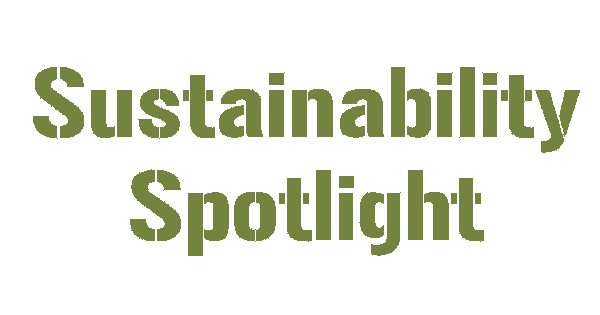“It is also our goal to inspire others and share that becoming more sustainable can be accomplished one small step at a time.”
-Tara Matsuzaki, librarian, West Vancouver Memorial Library.
The West Vancouver Memorial Library recently became the first existing building in Western Canada, and the only library in Canada, to be awarded Leadership in Energy and Environmental Design (LEED) Silver certification.
They didn’t just rack up points to get to LEED Existing Buildings: Operations & Management (O&M) Silver, they made an organizational commitment from the ground up to be more sustainable.
They have a Staff Green Team to help shape goals, develop procedures and find the resources to achieve their sustainable goals. They put their money where their mouth is and promote the ecologically-friendly behaviors of the staff: more than 50% of the staff bike, walk or use mass transit to get to work. They produced a “Green Commuting” poster to help show how they are leading by example. This ground-up approach provides buy-in throughout the organization. (For more on Green Teams check out SustainableLibraries.org posts about the Mid-Hudson Library System’s Green Team!)
The library adopted a Green Building Operations Policy. The stated goal of the policy is to guide the library towards “improving building performance, reducing costs, creating more productive and healthy work and public spaces as well as affording the Library the opportunity to take a leadership role in environmental stewardship for our community.” Inspired yet? You should be!
The policy guides decisions related to:
- Purchasing
- Housekeeping
- Solid Waste Management (e.g. recycling and purchasing materials with recycled content)
- Integrated Pest Management, Erosion Control and Landscape Management
- Plumbing
The structure of the policy document itself is commendable as well, there is a “Performance Metric” section that helps define how to “implement, monitor and evaluate sustainable practices.” Check out the full policy here.
The library has made a concerted effort to manage the power consumption of their 56,000 square feet. Over the years there were a series of expansion projects that left the library with a variety of mechanical, electrical and roofing systems. “In 2010 we combined and upgraded the controls for our HVAC system, allowing us to run the system more efficiently and achieve a higher level of comfort.” They also replaced all single pane windows on one level with automated, energy efficient windows that are tied to their HVAC system to allow for air cooling. They also use a fairly awesome web-based energy management software to track their energy consumption! Check out their “Pulse Energy Dashboard.”
One of the many things I love about this library is that sustainability is written into their current long-range plan. After asking 1500 of their users what is most important to them for the library to focus on in the future, sustainability became one of their top strategic priorities. But nothing so direct as “we’ll have a green building.” Sustainability is woven throughout each priority, from staff and collection development, to communication and community partnerships. It is most clearly outlined in the priority “Manage Resources Wisely.” What taxpayer or donor wouldn’t respond well to that?
This is what SustainableLibraries.org is all about. Libraries of all types have a constant need to prove that we are a good return on investment to inspire our public and our donors to reinvest. Sustainable buildings, operations and programs are excellent ways to expand people’s understanding that we are good stewards of their tax dollars, their education, our environment and ultimately, our communities.
“Sustainability” should be threaded throughout an entire organization, not just its facility.
WVML is a shining example of how to do things right!
 Check out the new weekly feature from the New York Library Association’s Sustainability Initiative: Sustainability Spotlights! A great resource to help make the case for sustainability in libraries with real-life examples, along with some actionable info for New York’s libraries!
Check out the new weekly feature from the New York Library Association’s Sustainability Initiative: Sustainability Spotlights! A great resource to help make the case for sustainability in libraries with real-life examples, along with some actionable info for New York’s libraries!
